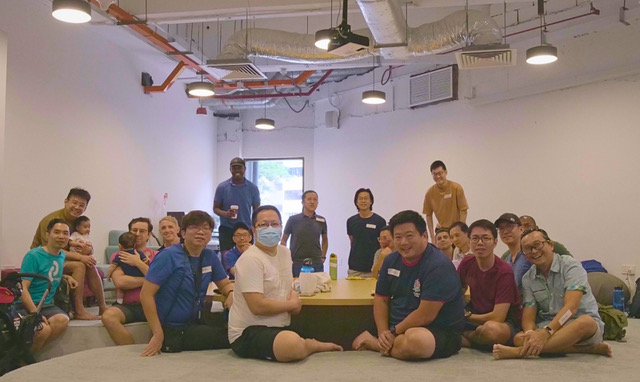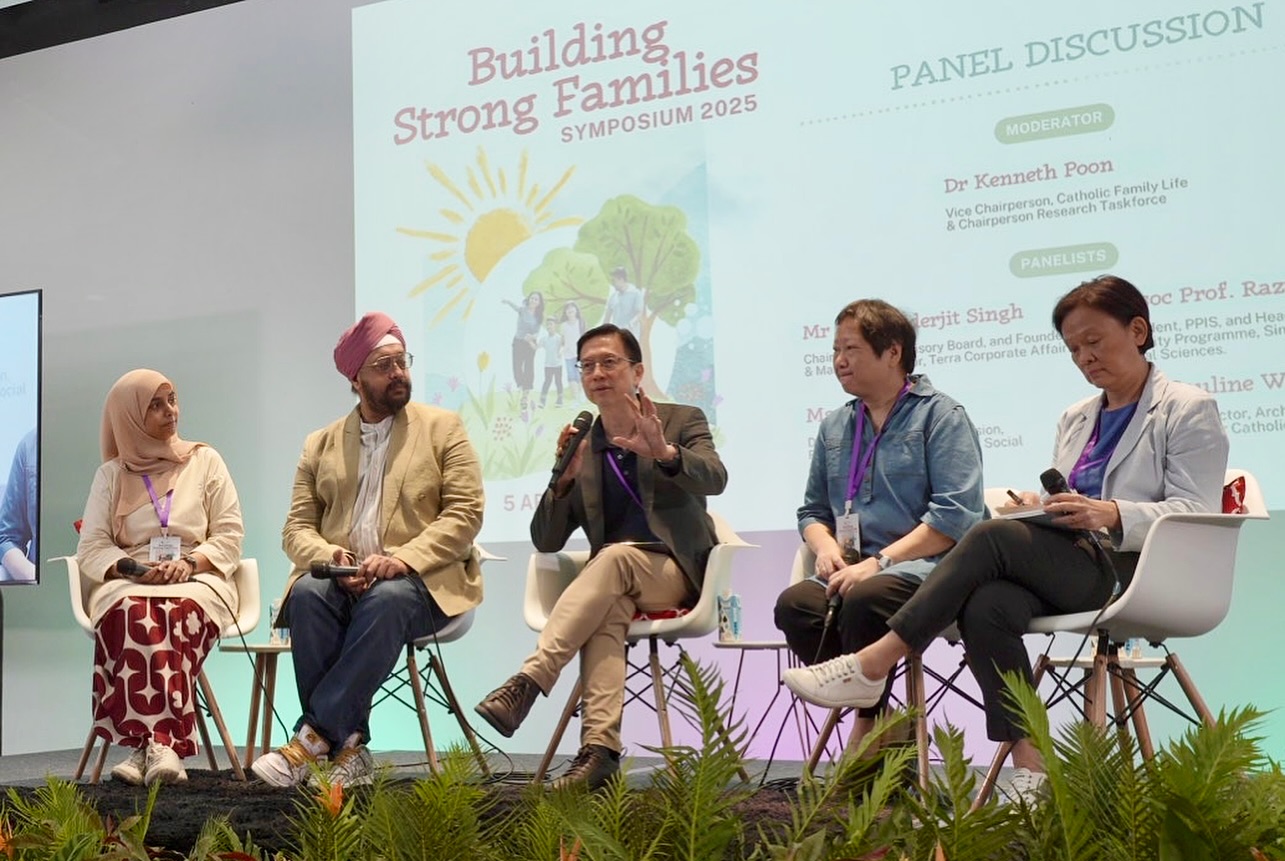In this year’s Budget, Prime Minister Lawrence Wong announced a new Large Families Scheme to support married couples who have, or aspire to have, three or more children. Spotlighting large families in one of the government’s most important policy speeches on allocating finances, Prime Minister Lawrence Wong was following up on his first hints of the Scheme at his inaugural National Day Rally speech in August 2024.
These are all part of the Government’s plan to build a “Singapore Made for Families”, amid Singapore’s declining birth rates which hit a record low of 0.97 in 2023 (less than half the replacement rate of 2.1).
Why does the Budget address families and the total fertility rate (TFR) year after year? This goes back to our approach to family policy in Singapore.
“Stop At Two”
One of the greatest concerns in the early years of Singapore’s independence was of overcrowding in our small island nation. With a population of over 1.8 million in 1965, the then-Health Minister described us as “a very over-crowded little island State!”
Having emerged as a relatively poor “Third World” nation amidst the tumult of internal and external threats, lack of natural resources, there were fears that overpopulation would strain Singapore’s limited resources and threaten its survival.
Large families were seen as a social problem. In 1971, Parliamentary Secretary to the Minister for Culture, Inche Sha’ari Bin Tadin, called upon Parliament to “eradicate the old concept that large families are a sign of prosperity”, citing her observation of low-income large families living in HDB one-room flats where “the number of occupants averaged, strangely enough, some six to eight people”.
The Government’s well-known “Stop At Two” campaign to curb population growth kicked off in 1972, carrying messages such as “Small families, brighter future – Two is enough” and “The more you have, the less they get – Two is enough”.


The Government introduced a series of disincentives to discourage families from having two children. These included a reduction of income tax relief to cover only the first three children, a reduction of paid maternity leave from three to two confinements, and a lower priority for larger families on the wait list for Housing and Development Board (HDB) flats. “For the Singapore of the 1970’s the third child is a luxury. The fourth and fifth are anti-social acts,” explained the then-Health Minister.
“Have Three or More, If You Can Afford It”
The family planning campaign saw great success, at which point, the Government then drastically reversed its course.
Early warning signs emerged in 1975 and 1976, where Singapore’s total fertility rate (TFR) hovered at near replacement rate of 2.1. Since 1977 (where the rate was 1.82), Singapore’s TFR steadily and consistently fell below replacement levels.
A decade later, then-Trade and Industry Minister Lee Hsien Loong warned of “calamitous consequences” of Singapore’s TFR, including fewer fresh workers to service economic growth and fewer young men for the armed forces.
In March 1987, then-First Deputy Prime Minister Goh Chok Tong officially announced the “fundamental change” in Singapore’s population policy, unveiling the new slogan: “Have three, and more if you can afford it”.
Mr Goh put forth the policy rationale quite bluntly:
“Ideally, those who cannot really afford to have a large family should keep their family small. The vast majority of Singaporeans should have three children. This should be our new family-size norm. For those who can really afford, we should encourage them to have more than three children. We will then be able to offset the adverse effect of the large number of females who do not get married and thus have no children.”
(Unlike the prepared speech, the news report on Mr Goh’s speech reflected the phrase as “Have 3, or more if you can afford it”, and later evolved to “Have three or more, if you can afford it”. Notice the slight changes in the language, which subtly moved away from the idea that having three children should be the norm.)
Shifting the tone from the “Stop At Two” campaign, new posters now featured families with three children, carrying messages such as “Children. Life would be empty without them.”

The Government reversed many of the disincentives against having three or more children, and put many new incentives in their place. These included tax rebates, childcare subsidies and the ability to use Medisave to cover the delivery costs of the first three children. Parents who had given birth to a third child were given allocation priority if they wanted to upgrade to larger HDB flats.
Despite these measures, and the many measures that have been introduced in the years since (such as the Baby Bonus cash scheme), Singapore’s TFR continued to fall.
Large Families Scheme
In 2023, Singapore’s total fertility rate fell below 1 for the first time in its history, hitting a record low of 0.97.

Amongst the consequences of falling TFR, Minister Indranee Rajah warned, are the rising numbers of “sandwiched couples having to care for both the young and old”, weaker familial support networks, shrinking workforce and challenges in maintaining Singapore’s economic dynamism.
As a result, the Government has made supporting Singaporeans in starting and raising families a “top national priority”. In his inaugural National Day Rally speech, Prime Minister (PM) Lawrence Wong hoped to “motivate more Singaporeans to translate their aspirations (to marry and have children) into reality”.
Since PM Wong took the helm, the Government has made some significant shifts in attempting to boost birth rates, by putting in a place a 4-week mandatory paternity leave (up from 2 mandatory and 2 voluntary weeks previously) and introducing a new 10-week Shared Parental Leave scheme (to be progressively rolled out in stages).
Most recently, in the latest Budget, PM Wong announced the new Large Families Scheme “to support married couples who have, or aspire to have, three or more children”.
This new Large Families Scheme entails:
- A $5,000 increase in the Child Development Account First Step Grant. This will apply to each third and subsequent child.
- A new $5,000 Large Family MediSave Grant. This will be disbursed into the mother’s MediSave account again for each third and subsequent child.
- $1,000 in LifeSG credits to be disbursed annually to families for each of their third and subsequent children, during the years that the child turns one to six.

On top of that, the Government is also issuing $500 in LifeSG credits for all Singaporean children aged 12 and below, $500 Edusave Account or Post-Secondary Education Account top-up for all Singaporean children aged 13 to 20, and implementing lower monthly full-day childcare fee caps in Government-supported preschools to reduce childcare expenses.
As can be seen, the Government is disbursing funds to help with the cost of having and raising children.
But are these likely to make a difference?
We’ll take a closer look in our the next two articles on this topic!


